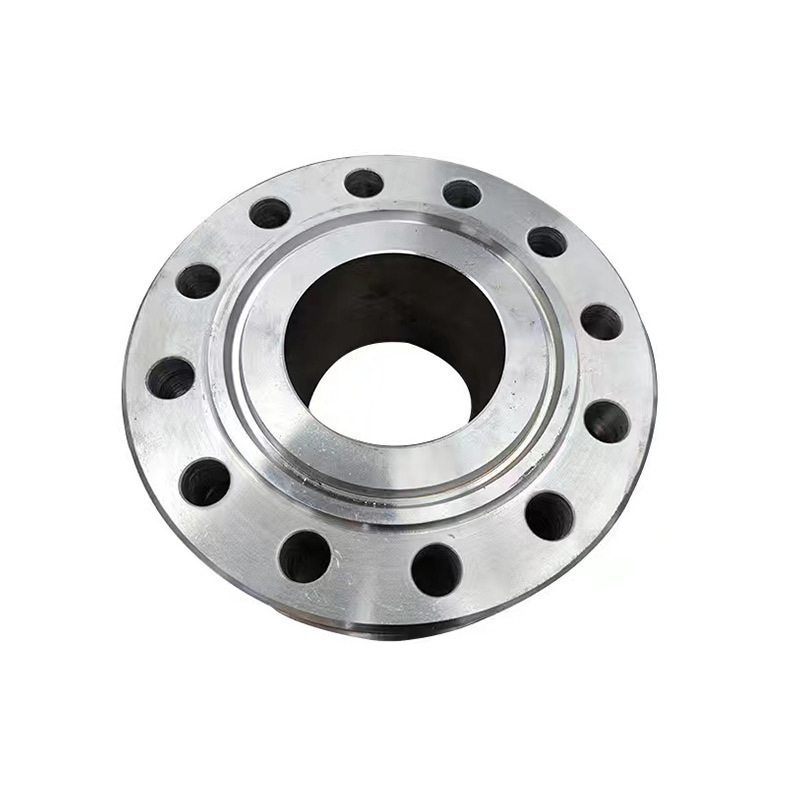Precautions for flange installation
Published Time:
2025-04-21
Flanges are mainly used in the connection of equipment and pipelines, bringing a lot of convenience to the connection of equipment and pipelines. When installing and using flanges, there are many details that need our attention:

Flanges are mainly used for connecting equipment and pipes, bringing great convenience to the connection of equipment and pipes. When installing and using flanges, there are many details that we need to pay attention to:
1. When tightening the flange, the direction should be consistent, and the compression of the gasket should be controlled to about one-third.
2. During the installation of the flange, the sealing surface should be kept flat and clean. If oil stains or rust spots are found, they should be cleaned to prevent affecting the sealing performance of the flange.
Flanges are commonly used fittings in pipeline equipment. They connect pipelines and equipment together with elbows, tees, valves, and other pipe fittings. During the use of pipelines, due to different media, temperature, and flow rate of the transported materials, different lengths, horizontal heights, and pressures generated by concrete pump power, special attention should be paid to the material and quality of pipeline components and fittings when selecting them. When purchasing pipes and fittings, carefully check the relevant national and international standards, and conduct sufficient design and evaluation of the size and pressure of the required products. According to the needs, carefully select carbon steel pipe fittings, alloy steel pipe fittings, stainless steel pipe fittings, and other material pipe fittings, and strictly control the quality and technical requirements, production, and inspection process of the pipe fittings.
Flange materials can be divided into: carbon steel Q235.20#, stainless steel 304.316.304L.316L.S321.S310, duplex steel 31803.S2025, alloy steel 16Mn, 12CrMo, and many other types, which can be selected according to needs; implementation standards include GB/T9119, HG/T20592, and American, German, and Japanese standards, etc.
There are many types of flanges, including plate flat welding flanges, neck flat welding flanges, neck butt welding flanges, spigot welding flanges, threaded flanges, flange covers, butt welding loose flanges, flat welding loose flanges, annular groove surface flanges and flange covers, large-diameter flat flanges, large-diameter high-neck flanges, blind flange, etc. The models and sizes range from nominal diameter DN10 to DN4000; shapes include round, square, oval, and various irregular shapes that can be processed and produced.
In the process of purchasing, selling, and using, pipe fittings should be selected according to their purpose. It is recommended to abide by the design principles, use national standard pipe fittings, and choose general standard series flanges. In view of the fact that non-standard and secondary standard flanges are selected in practical applications, please use them cautiously and pay attention to the safety of engineering quality! While considering the construction and operation costs, strive for a double harvest of safe production and economic benefits.
Tag:
Related News
Service Hotline:
Service Email:



